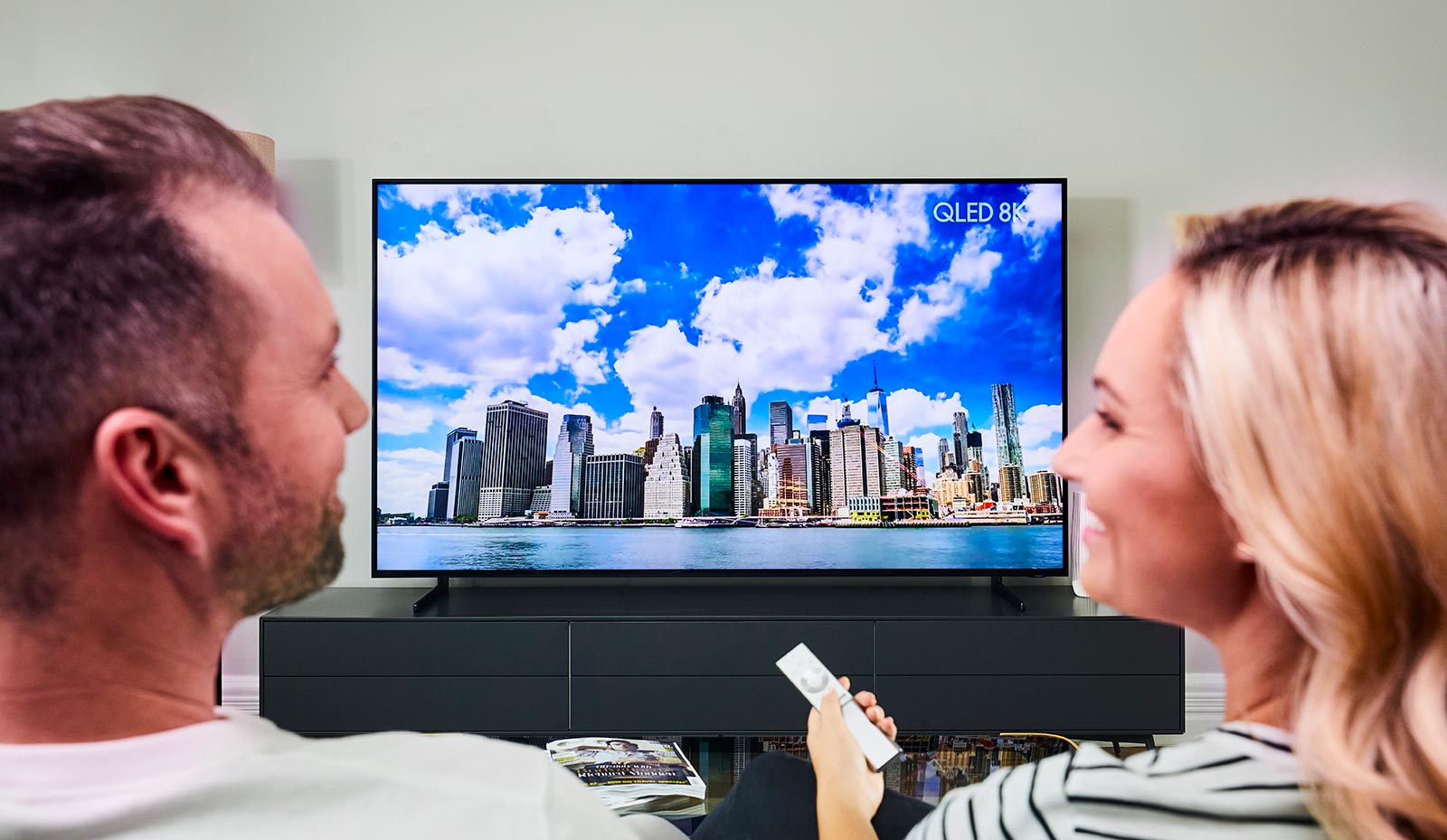Your 4K TV is now out of date, but is an 8K worth it today? What will you even play on it? Find out with news and a new phone review in five minutes on The Wrap.
Transcript
For the middle of March, you’re listening to The Wrap, Australia’s fastest technology roundup, and you might be wondering if there’s a schedule to technology updates. After all, we’ve just seen the year’s first half of phone announcements, and while we have a few more to go, most are out. So what gets updated in March?
Believe it or not, the answer is TVs. From March to May, you can usually expect to see new TVs, with the old stock often seeing price cuts to make way for those new models. That means if you’re looking for a new TV, waiting until now-ish can lead you to a great deal, provided you don’t need the latest and greatest.
But if you do need the latest and greatest, you’ll have some interesting choices this year.
Of course, you’ll find some new 4K TVs to choose from, and LG announced a few of those this week, arriving in both LED-backlit and those lovely OLED TVs, the Organic Light Emitting Diode screens that are often seen as the premium TVs these days.
Or they were until 8K rocked up.
You see this is the year that TVs change once again, because while we’ve had Ultra HD for a good five or six years, it’s about to get even more “ultra”. It will still be called Ultra HD, but you’ll have the choice between the 4K Ultra HD big screens have been selling for the past half decade, or 8K, the new shiny format that boasts more pixels and more detail, provided you can get the content.
LG has an 8K TV coming this year, as do Sony and TCL, but before the others arrive, Samsung has one coming delivering that new 8K resolution in three sizes.v
8K isn’t just a new number for your TV, either, boasting twice the resolution of 4K and a higher number of pixels altogether.
The 4K TVs you can buy today have around 8 million pixels on them, but the 8K screens coming this year offer 33 million, a number that is just staggering. More pixels means more detail, but to get that detail, you need the content, and that’s something that may as well be a big question mark right now.
There is pretty much no big content out there for an 8K TV beyond the odd technical demo or two. YouTube has most of it, but that’s it. You can build an 8K-capable PC gaming rig, but you’ll need some cash to make it happen, because the needs of 8K aren’t exactly small.
But there are no movies and no TV shows on Netflix, Stan, or Amazon that are going to provide 8K to your TV.
So TV makers are instead turning to upscaling, which will do the job for the moment, but won’t be as good as native content, which will need a 50 megabit connection at a minimum to stream in 8K.
That means an 8K TV you buy now might as well be something reserved for early adopters, because unless you buy your own equally high-priced 8K camera, you’re probably not going to have much to play. Mind you, given they start at ten grand for Samsung’s 65 inch Q900, they won’t be for everyone.
This week saw a little more than just 8K TVs, though. We also saw Gmail and Facebook both go down, and then go up, just to give you some time back with your life outside of the internet, and the web even turned 30. Happy birthday to it.
In the retro world, Audible brought back the choose your own adventure book to Amazon Alexa speakers, while Google brought Carmen Sandiego to Google Earth. Both timewasters are free, too, so all you need is time and either Alexa or Google Earth to get going.
And Leica upgraded its “Q” camera to something even more powerful, now capturing in 47 megapixels and 4K, all while keeping that classic metal body and typically Leica high price, sitting at $7700 locally.
Not everything is that expensive, though.
We sat down with the Nokia 8.1, finding a phone that almost comes off being a Google Pixel as interpreted by Nokia, but for less.
The performance isn’t as solid, and the camera definitely needs work, but a glass and metal body is there, as well as just about the cleanest version of Android you could ever hope to find. Nokia also left Near-Field Communication in place for Google Pay, though there’s no wireless charging or water resistance.
The battery life is probably the best feature, impressing with two full days of battery life, something you don’t see every day.
If battery life in a sleek body is what you’re after, the $700 Nokia 8.1 delivers, though we hope Nokia releases an update to fix the odd performance problem, because some of the lag is noticeable, especially on the camera.
It’s definitely not a bad kind-of Pixel, but Nokia has at least one more interesting phone coming shortly, so you might just want to hold on.
And that’s it for this episode of The Wrap, Australia’s fastest technology roundup. The Wrap will be back next Friday for more technology in five, but until then have a great week. We’ll see you next time on The Wrap. Take care.





